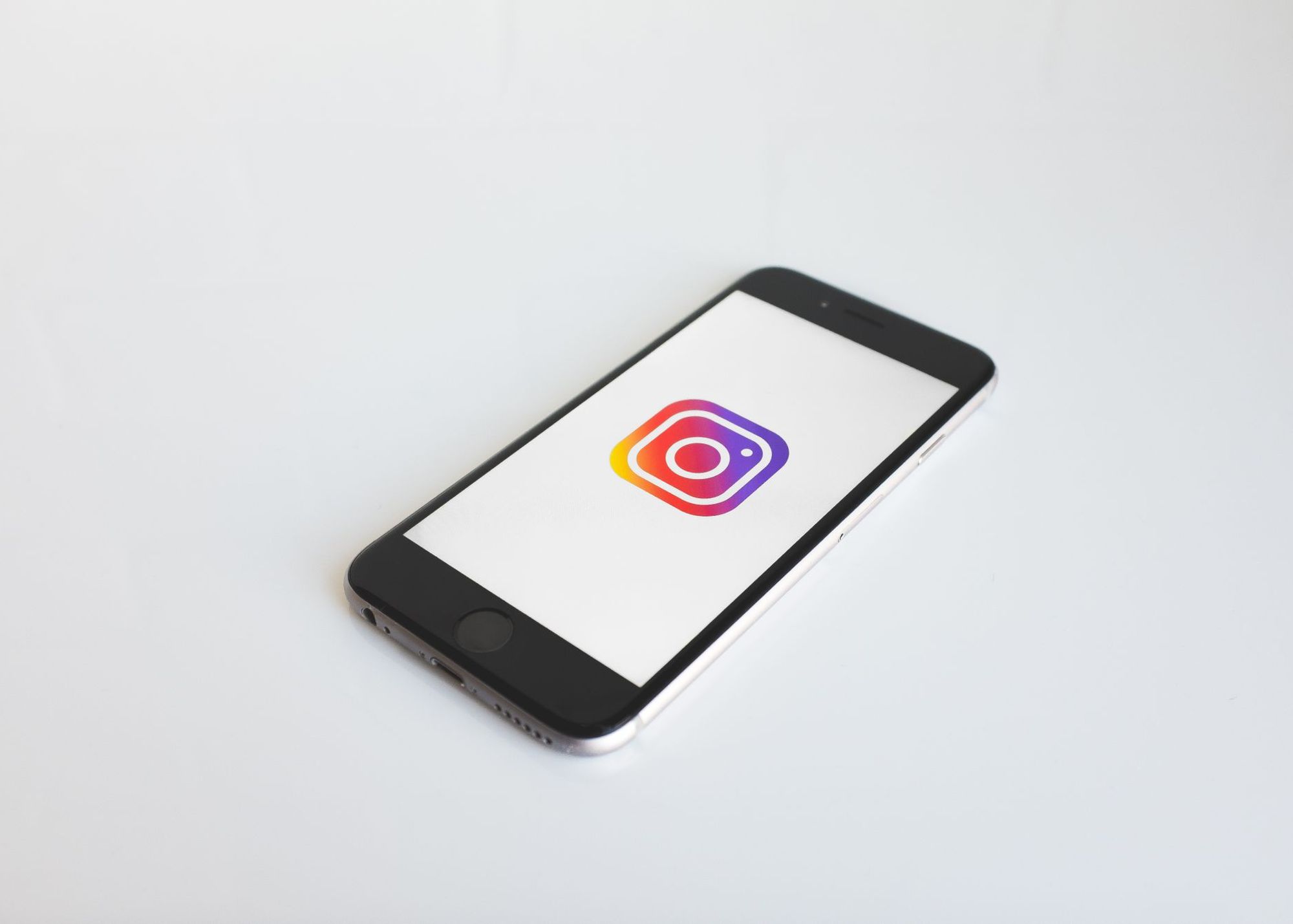
How to Add Captions to IGTV Videos
This step by step guide will show you how to add captions to IGTV Videos

These tips and techniques will help ensure that you conduct a professional interview and help you get meaningful information and useable quotes.
Whether you are a researcher, journalist, or a student preparing for your dissertation, at some point you will need to conduct an interview.
Whilst the final report will be something you have crafted, the essential information is the result of the interviews conducted. Some will flow like a conversation with an old friend. Others will require hard graft to get any usable quotes.
Getting valuable content is largely down to your interviewing skills.
**Here are some essential tips and techniques for the perfect interview: **
Do some homework before your interview. A simple Google search on an individual should pull up some background detail on your subject. Checking for a LinkedIn profile is a good place to start.
Knowing specific information about your interviewee shows that you are prepared and can help you think of questions to ask.
For example if you were interviewing a chef, an unprepared interviewer might ask ‘Where did you train?’ An informed interviewer could ask, ‘How did your Le Cordon Bleu training in France influence the style of cuisine you cook today?’
First, think about the objective of your piece. Are you just seeking general background information? Is the interviewee part of a profile piece? Do you want on the record quotes from an expert?
Then begin formulating the questions that will help achieve that goal. Write them down and make sure you think of way more than you’ll possibly have time to ask.
Aim to have a sequence to your questions. Group topics and themes. However, be prepared to move back and forth between your lists to maintain a natural flow.
Avoid questions that will result in just a ‘yes’ or ‘no’ answer. Phrasing your questions appropriately will ensure you obtain detailed and interesting information.
Rather than asking a chef, ‘Did you like cooking as a child?’, ask ‘What things or people influenced you to become a chef?’
Questions like ‘How did that make you feel?’, ‘What was the best/worst….?’, ‘What do you think about…?’ and ‘Why did you decide to…?’ are great open-ended questions for delving into an interviewees’ personality and getting useable opinion quotes.
You can also use open-ended questions to probe further into your interviewees’ meanings and motivations. To explore a topic further, ask ‘Would you tell me more about that?’, ‘What would you like to have happened?’ or ‘Was this what you expected?’
A good interview requires good listening skills.
First, conduct the interview in a place that will have minimum distractions. You will want to be able to hear and be heard clearly.
Next, adopt an open posture. Don’t cross your arms and sit up straight. Keep eye contact and stay relaxed.
The natural tendency of most interviewers is to mutter encouraging words like ‘Uh huh’, ‘Yes, I see’ or ‘I bet!’.
Doing this can interrupt the flow of thought from your interviewee. Additionally, if you are recording the interview for a podcast it will interfere with the interviewee’s voice on the recording.
Instead, maintain eye contact and use non-verbal queues like a nod of the head, a smile, or raising of the eyebrows to keep the interview moving.
In all types of interviews, a method of recording the responses is essential.
Ideally, you want to have a digital recording using a high quality audio recording tool This allows you to focus on the interviewee’s non-verbal behavior as well as making it easier to think of additional follow-up and probing questions.
Just be sure to get the consent of the interviewee first.
If they decline to be digitally recorded, then focus on writing down just the key points or the most interesting quotes.
Once you have completed the interview, you will need to transcribe what was said into a word-processed document.
Transcribing your interview is essential to ensure both the accuracy of what was said as well as to make story connections.
Transcribing can take a very long time if done manually. A 10 minute interview could easily take an hour or more. However, a professional transcription company like Happy Scribe can provide an automated transcription in minutes.
Now that you have the transcribed interview, how are you going to analyze it?
To begin with, consider deleting background information or snippets where the interviewee didn’t keep to the subject. This will help you from including unnecessary information into your final product.
Next, group information that touches on the same themes and topics under bolded subtitles. This will help you to quickly find the relevant information as you write your piece.
Finally, think about the angle of your story or the hypothesis you are trying to prove in your research piece. Are there quotes that directly illustrate your points? Highlight these and the most relevant information for use in your piece.
Interviewing does come easier with practice, but hopefully these tips and techniques will help ensure a successful interview whether or not its your first or your 100th interview.
Do you have any other great interview tips? Let us know!

This step by step guide will show you how to add captions to IGTV Videos
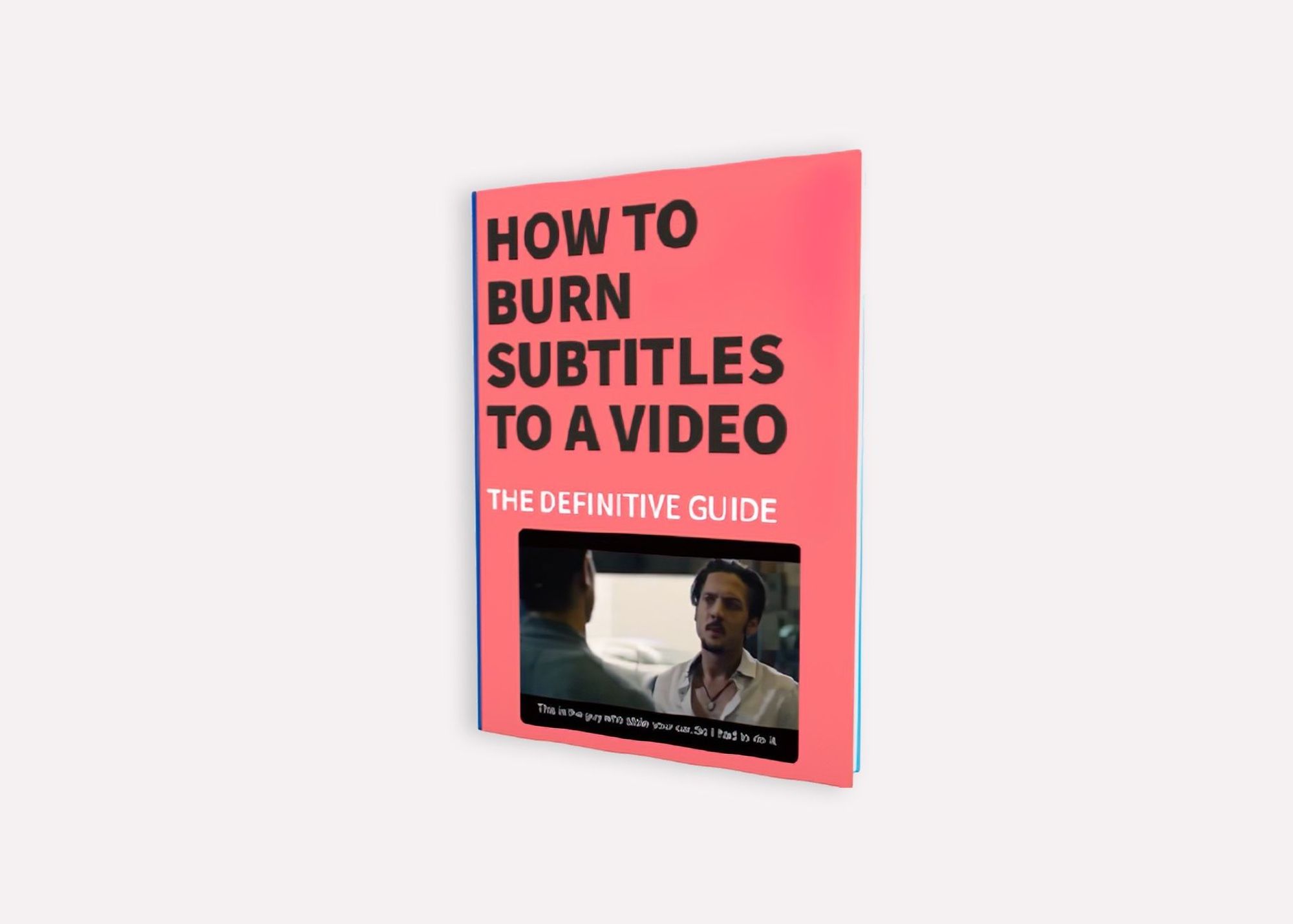
The definitive guide to generating subtitles and captions automatically to your videos and hardcode them directly to your video.

What are the pros and cons of recording and note-taking? Which one is right for you?
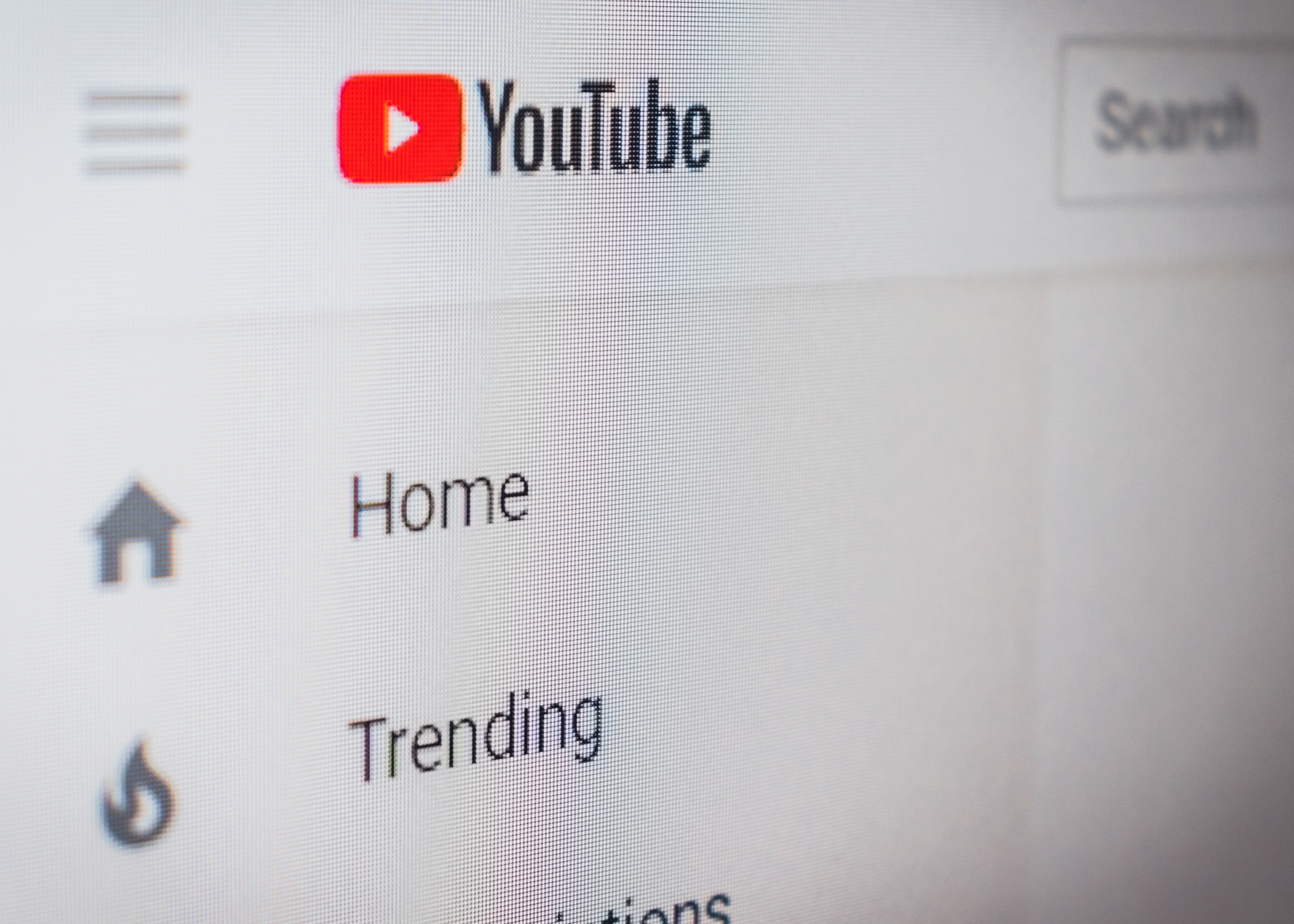
Have you ever wondered how to add captions to YouTube videos? Well, this step by step guide will show you how to get accurate captions quickly.
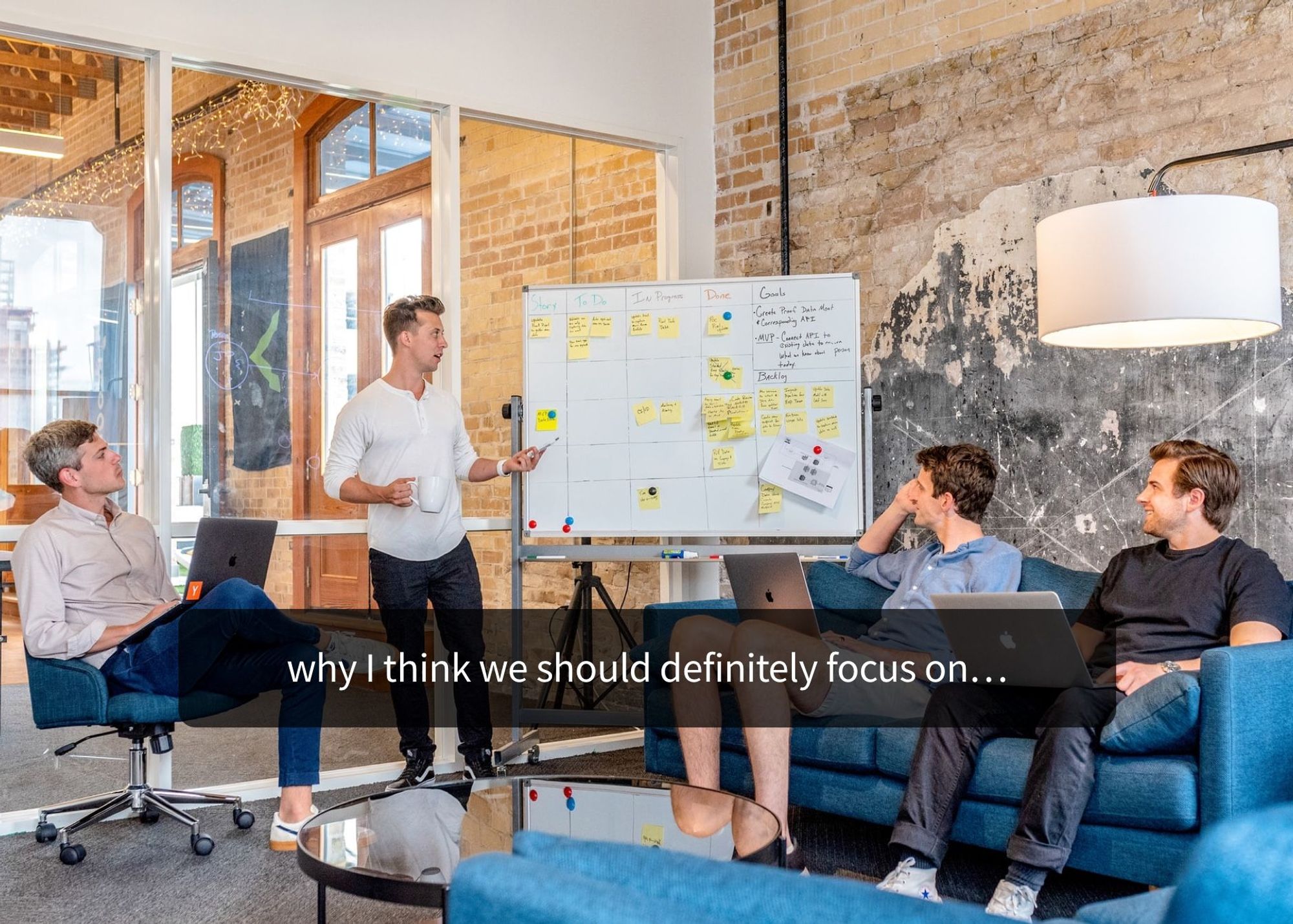
Your subtitles need to be readable and perfectly synced with the video and perfectly follow the reading skills of your audience. For example, you don't make subtitles for adults the same as subtitles for children.
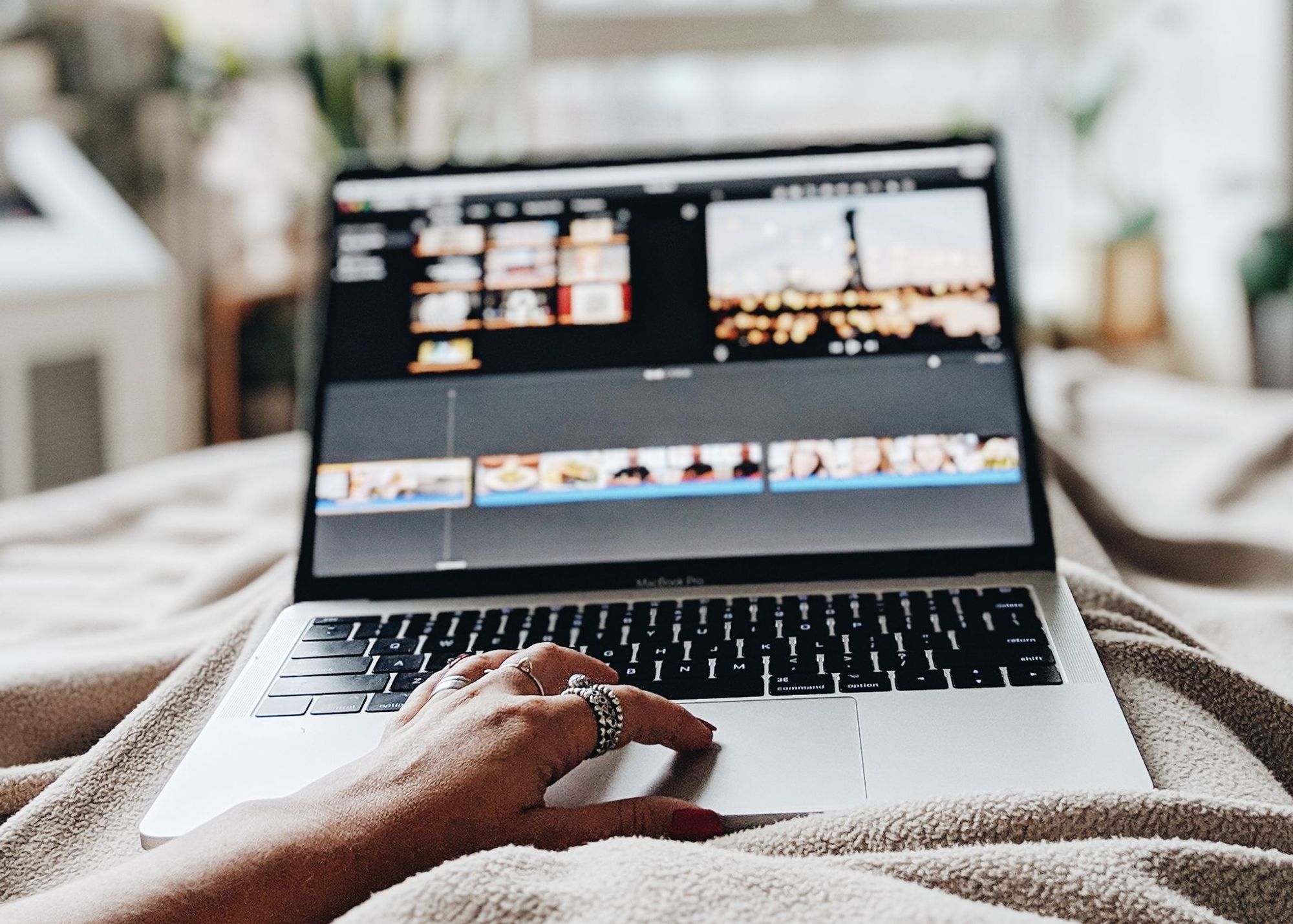
Use Happy Scribe to get a free SRT file for your 30-minute video.

Adding subtitles to videos can increase audience engagement, improve accessibility, and help promote a positive image of a company, making it a useful tool for job postings and promotions.
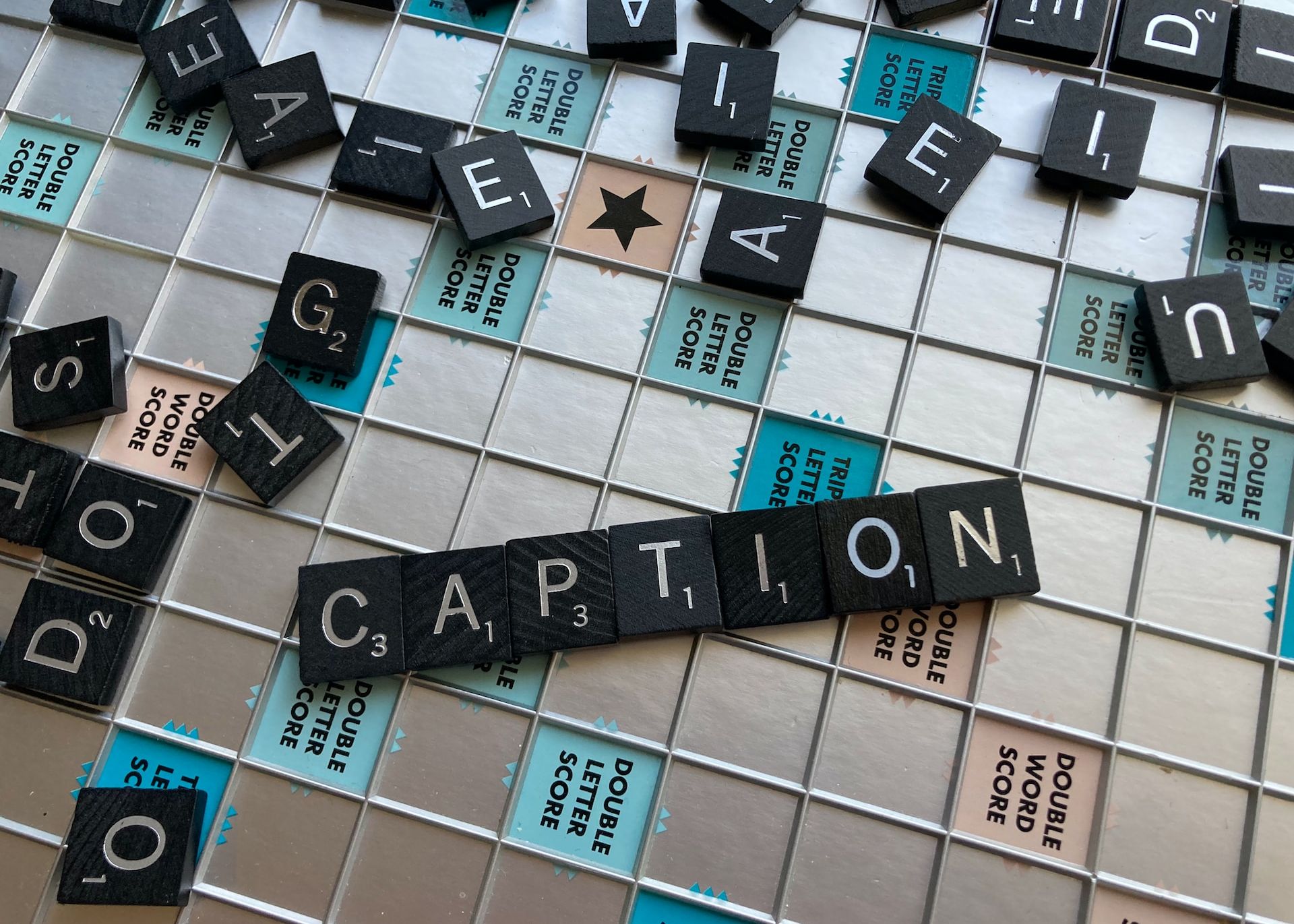
Dive into the differences between SDH and closed captions, and discover how Happy Scribe can revolutionize your video accessibility with automatic, customizable, and multilingual transcriptions.

Not sure how to add subtitles to a YouTube video? In this article you will find some of the best and easiest ways to add captions to videos.

Do you need Spanish subtitles for your videos? Learn how to translate and transcribe English audio quickly while maintaining contextual accuracy.